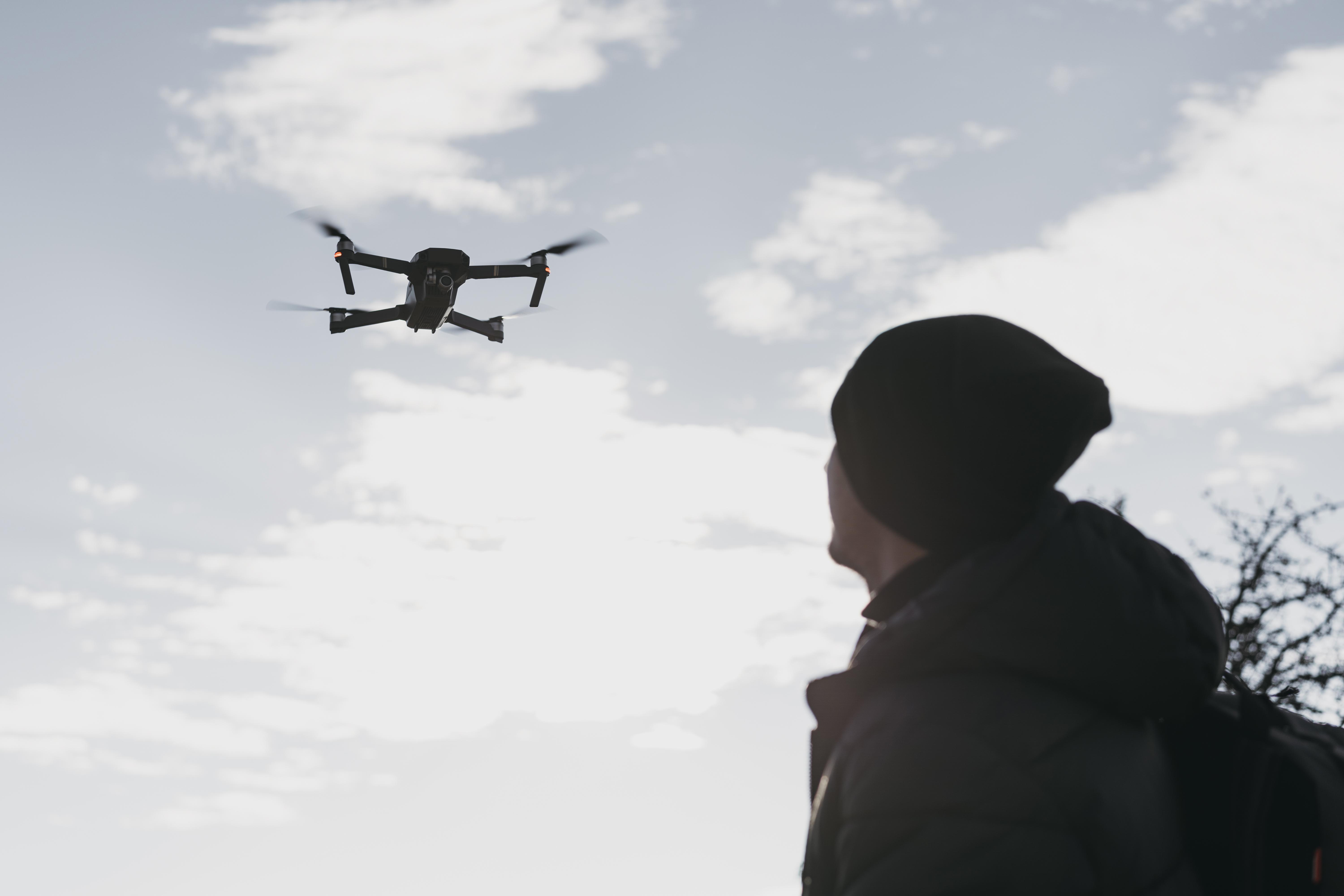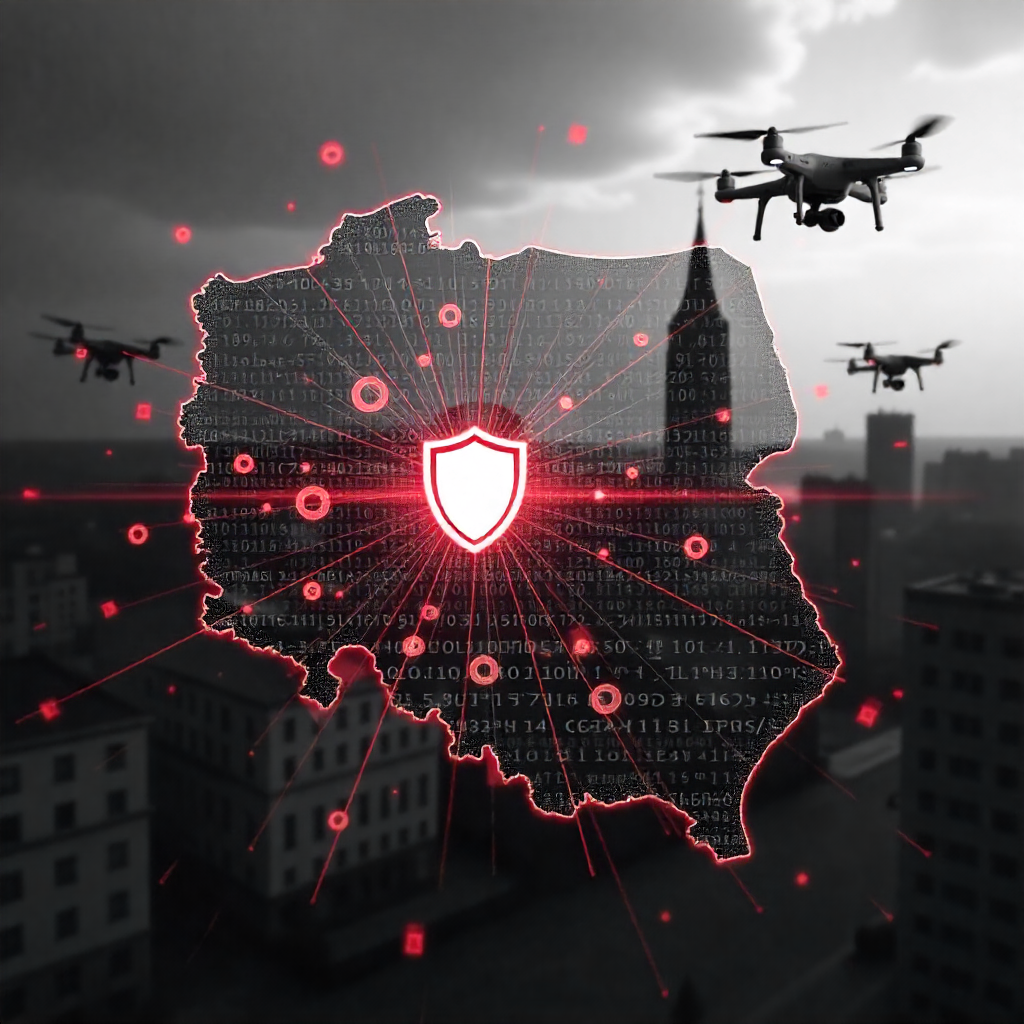What the Global Internet Outage Revealed about our Security Weak Spots
On the morning of 20 October 2025, the world briefly went offline. Millions of users suddenly found that their apps, from ring doorbell and Canva to Amazon and banking platforms, including Halifax, Lloyds and the Bank of Scotland had frozen. For a few hours, the internet as we know it faltered, with widespread reports of outage across Europe, the US and beyond.
At first glance, it looked like a frustrating convenience for users trying to send messages or make purchases. But to those working in security and resilience, this global digital blackout exposed something much deeper, a stark reminder of just how fragile our connected systems have become.When Everything is Connected, Everything Fails Together
Early reports suggest that the issue stemmed from an Amazon Web Services (AWS) infrastructure failure, the backbone for thousands of websites, apps and enterprise systems. When AWS stumbles, it doesn't just take out entertainment or retail; it hits critical infrastructure, from logistics networks to cloud hosted security operations.
In recent years, physical security has increasingly relied on cloud and internet based systems. Access control, CCTV monitoring, smart alarms, and IoT devices all depend on connectivity to function. During the outage, several users reported losing access to live camera feeds and control panels, a chilling prospect for those managing real time incident response.
The outage demonstrated that a cyber issue doesn't have to be malicious to be disruptive. When visibility is lost and alerts stop coming through, it creates a temporary blind spot, and in the world of security, blind spots are where risks multiply.
A Wake Up Call for Resilience
This wasn't the first major outage, and it won't be the last. But what made this event stand out was the scale and speed of its impact. Within minutes, entire business processes froze. Customer services collapsed. Communications stalled. And while engineers worked tirelessly to restore systems, the question hung in the air, what if the downtime had lasted longer?
For security professionals, the incident is a powerful reminder that resilience can't stop at the firewall. Cloud dependence is now a physical security risk. When systems designed to keep buildings, data and people safe are tethered to the same networks that power entertainment apps, every failure reverberates far beyond the screen.
Organisations that once planned for local disruptions, like power cuts or server outages, now need to account for systemic cloud failures that can take entire ecosystems offline. The challenge is no longer just about cyber defence, but about operational continuity in a hyper connected world.
Building Security that Survives Disconnection
The lessons from October's outage is simple but urgent. Connectivity is a strength and a vulnerability. Security teams must now think in layers, building redundancy and offline capability into critical systems. Local data storage, autonomous device modes, and clear fallback protocols can make the difference between temporary disruption and full operational paralysis.
Just as importantly, this event highlights the need for collaboration between IT and physical security teams. The boundaries between the two are blurring; resilience now depends on shared insight, not siloed systems.




.jpg)